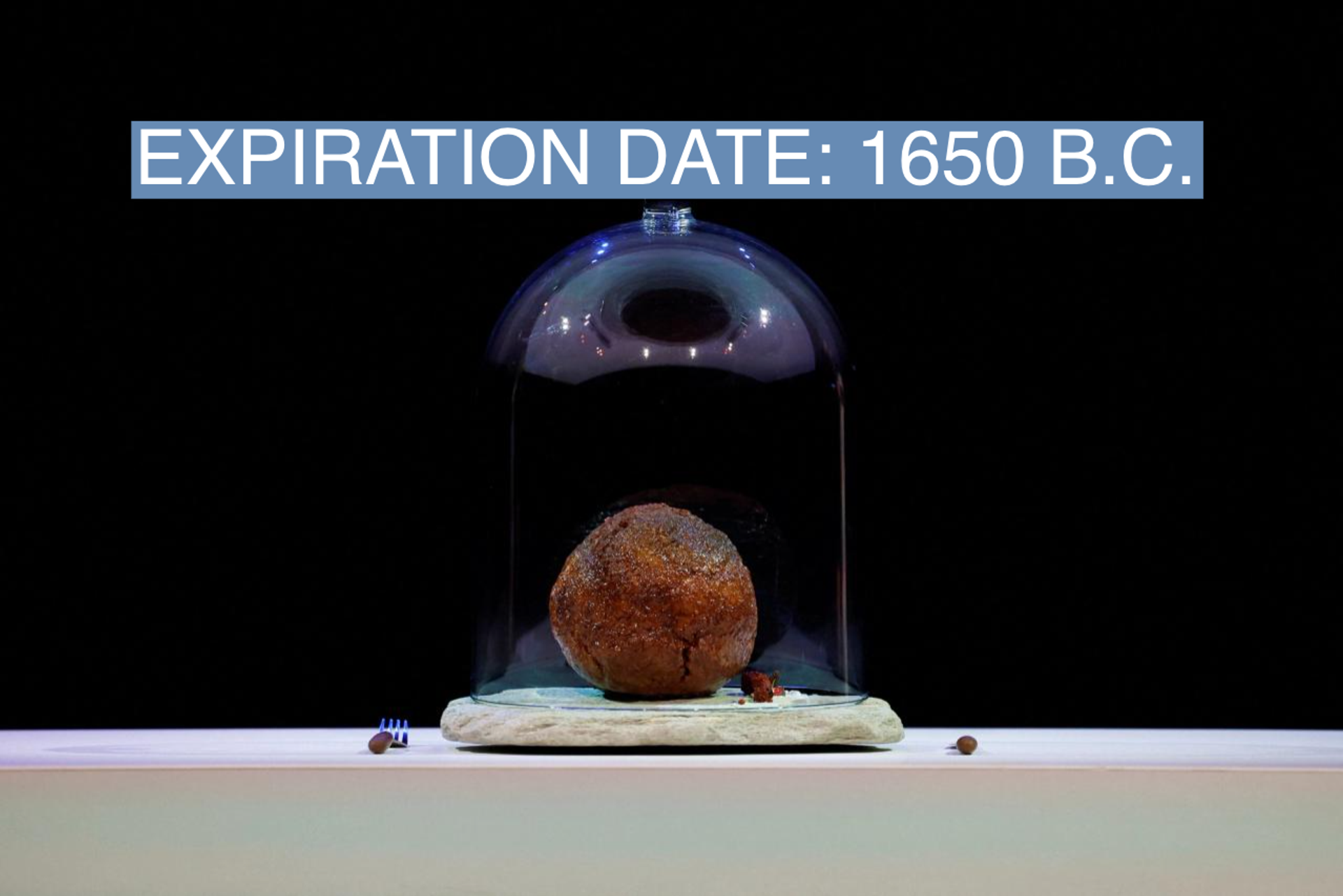The News
Lab-grown meat is a recent phenomenon that has divided the public. Now the woolly mammoth has entered the debate.
Vow, an Australia-based food cultivation company, announced Tuesday that they had successfully grown woolly mammoth tissue and turned it into a meatball.
However, the meatball is not yet fit for human consumption, the company said, adding that since it is an “extinct protein” it will take more time to determine whether Mammoth meat is safe.
The culinary work of art was revealed at the Netherland’s NEMO Science Museum on Tuesday.
In this article:
Know More
According to Vow, researchers at the company first isolated the mammoth myoglobin gene which produces the protein that gives red meat its distinctive taste and color, and then used publicly-available data to identify the mammoth’s DNA sequence. Gaps in the sequence were replaced with African elephant DNA, which is the closest living relative to the mammoth.
In a promotional video for the meatball, Vow’s Chief Scientific Officer James Ryall said the experiment was more of a political statement to bring awareness about the extent that traditional meat production contributes to climate change.
“The goal behind creating the mammoth meatball was really about starting that discussion around food, and what that decision to eat meat really means to the world at large, by bringing an extinct protein back to life,” he said.
While there is academic disagreement on what exactly caused mammoths to go extinct, newer research suggests that ancient humans did not hunt the animal to extinction, but rather warming after the ice age made their natural habitats incompatible for survival.
But resurrecting a live woolly mammoth is not some Jurassic Park-like far-fetched fantasy. In 2021, a Harvard University genetics professor received $15 million in funding to create a hybrid mammoth-elephant animal.
Step Back
Lab-grown or cultivated meat is seen as one way humans can combat climate change, with traditional livestock farming, particularly from cows, responsible for 40% of the world’s methane production.
Singapore is currently the only country in the world where lab-grown meat can be sold commercially. The U.S. Food and Drug Administration last year declared certain lab-grown meats as safe to eat, which cleared the way for some companies to start experimenting with their own techniques. However, it is unclear when exactly these products will hit the shelves.
The View From Farmers
While environmentalists are hailing lab-grown meat as a breakthrough solution for reducing greenhouse emissions, farmers and cattle ranchers are worried the technology could significantly impact their industry.
Coinciding with the rise of meatless alternatives like the Impossible and Beyond burgers, many U.S. states that are heavily reliant on the livestock industry are changing their laws on what constitutes the legal definition of “meat” to ensure that products must originate from an animal carcass, and that lab-grown meats are branded separately.
“It’s not an accident that some of the conventional-meat folks want the name not to be ‘cell-based’ or ‘cultured’ meat, but ‘lab-grown’ meat,” food and drug lobbyist Stuart Pape told the Christian Science Monitor.
